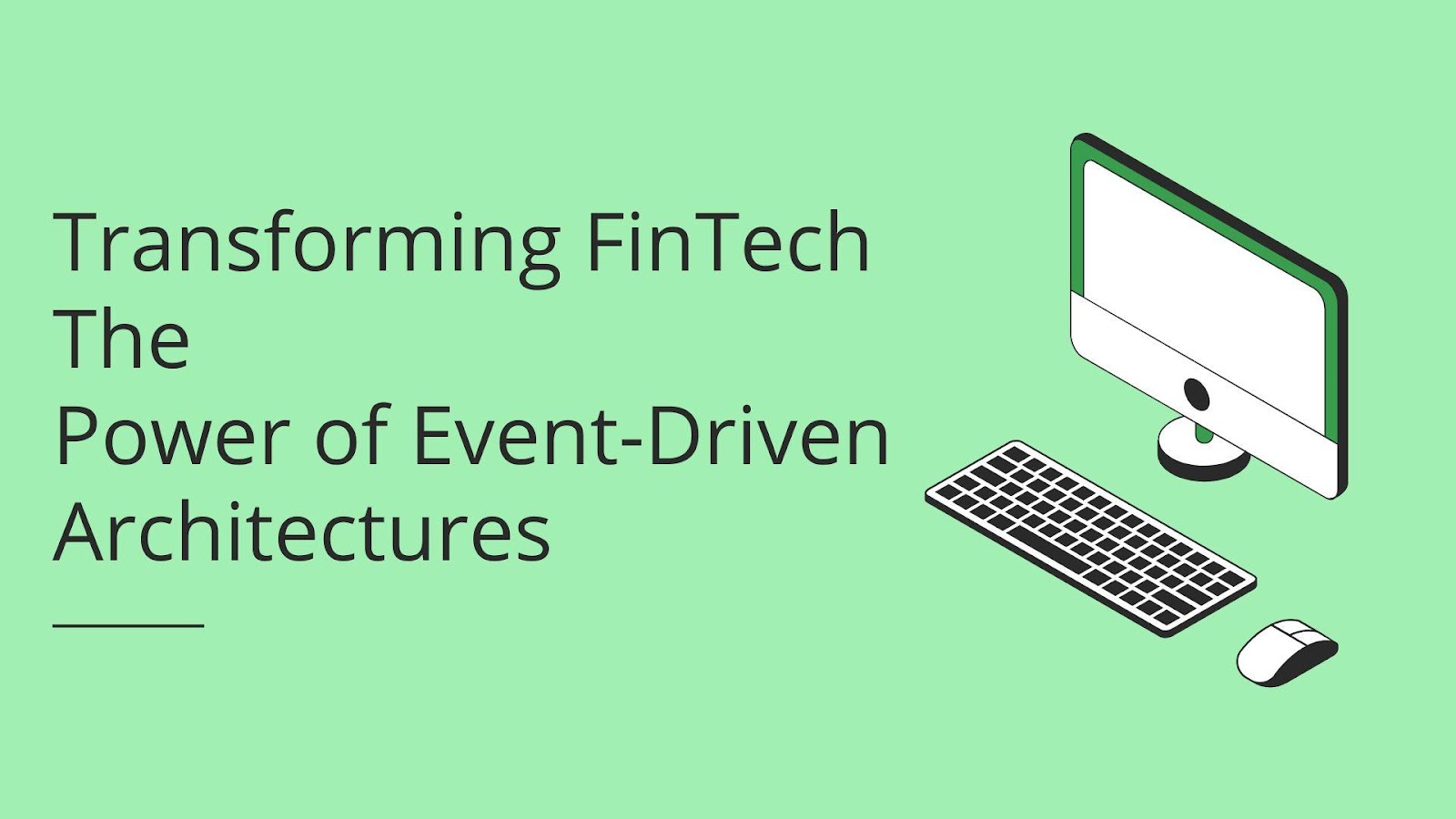Innovation is at the core of financial technology, driving the industry toward more efficient, scalable, and real-time solutions. Abhinav Reddy Jutur, a notable expert, explores how Event-Driven Architectures (EDAs) are reshaping financial services, making them more responsive and intelligent. His insights provide a roadmap for the future of FinTech, highlighting how EDAs enable real-time fraud detection, dynamic credit scoring, and AI-powered predictive analytics.
The Shift to Event-Driven Financial Systems
Traditional financial systems rely on request-response models, which can be slow and inefficient in handling massive transaction volumes. In contrast, EDAs operate on real-time event processing, ensuring that financial data is captured, analyzed, and acted upon instantly. This shift enables financial institutions to respond proactively to market trends and customer behaviors, improving decision-making and operational efficiency.
Real-Time Fraud Detection: A Game Changer
Fraud prevention has always been a priority in the financial sector, but traditional detection systems often struggle with real-time analysis. EDAs revolutionize fraud detection by enabling instant monitoring and flagging of suspicious activities. By leveraging streaming technologies such as Apache Kafka and Apache Pulsar, financial institutions can analyze transactions as they occur, identifying fraudulent patterns within milliseconds and minimizing financial losses.
Revolutionizing Credit Scoring with Dynamic Models
Traditional credit scoring relies on historical data, which can be outdated and fail to capture a borrower’s current financial situation. EDAs introduce dynamic credit scoring, where real-time financial activities influence creditworthiness assessments. By integrating alternative data sources such as utility payments and digital transactions, lenders can provide more accurate credit scores, expanding financial access to underserved populations while reducing risk.
High-Frequency Trading: Precision at Unmatched Speed
Financial markets operate at an unprecedented pace, and high-frequency trading (HFT) requires ultra-low latency systems to execute transactions instantly. EDAs facilitate this by continuously processing market data and adjusting trading strategies in real time. The ability to react within microseconds provides a competitive edge, making EDAs a cornerstone of modern trading platforms.
Personalized Financial Services Through AI Integration
To address this growing consumer demand for personalization in financial services, institutions need advanced data analytics capabilities. By integrating Exploratory Data Analysis (EDA) techniques with AI algorithms, companies can process vast amounts of customer transaction data, identifying patterns and preferences that might otherwise remain hidden.
These real-time behavioral insights enable the creation of truly personalized financial offerings. When a customer’s spending pattern shifts, AI can immediately suggest relevant product adjustments. For instance, detecting increased travel expenses could trigger customized travel insurance or credit card reward programs.
Moreover, these personalized recommendations extend beyond reactive offerings to proactive financial guidance. AI systems can anticipate future needs based on life events, financial milestones, or economic conditions, positioning institutions as trusted financial partners rather than mere service providers.
Ensuring Compliance with Automated Regulatory Reporting
Regulatory compliance is a complex and ever-evolving challenge in financial services. EDAs simplify this process by automating real-time data tracking and reporting. By maintaining immutable audit logs and automating compliance checks, financial institutions can ensure adherence to legal requirements while reducing manual effort and operational risks.
Advanced EDA systems now incorporate regulatory intelligence frameworks that continuously monitor global regulatory changes and automatically update compliance protocols. This proactive approach helps institutions stay ahead of regulatory shifts while minimizing the resource burden of compliance activities.
Scalability and Security: The Pillars of Event-Driven Systems
As financial data volumes grow exponentially, scalability and security become critical concerns. EDAs support horizontal scaling, allowing systems to handle increasing workloads efficiently. Additionally, built-in security measures such as encrypted event streams and role-based access controls ensure that sensitive financial data remains protected against cyber threats.
The Future of FinTech with Event-Driven Architectures
The convergence of EDAs and AI will continue to drive FinTech innovation, enabling predictive analytics for risk assessment, customer behavior forecasting, and market trend analysis. As financial institutions embrace this paradigm shift, they will unlock new opportunities for growth, efficiency, and customer satisfaction.
In conclusion, Abhinav Reddy Jutur underscores the transformative potential of Event-Driven Architectures in FinTech. By leveraging real-time data processing, financial institutions can enhance security, scalability, and personalization. As technology continues to evolve, EDAs will remain at the forefront of financial innovation, shaping the future of the industry.



































